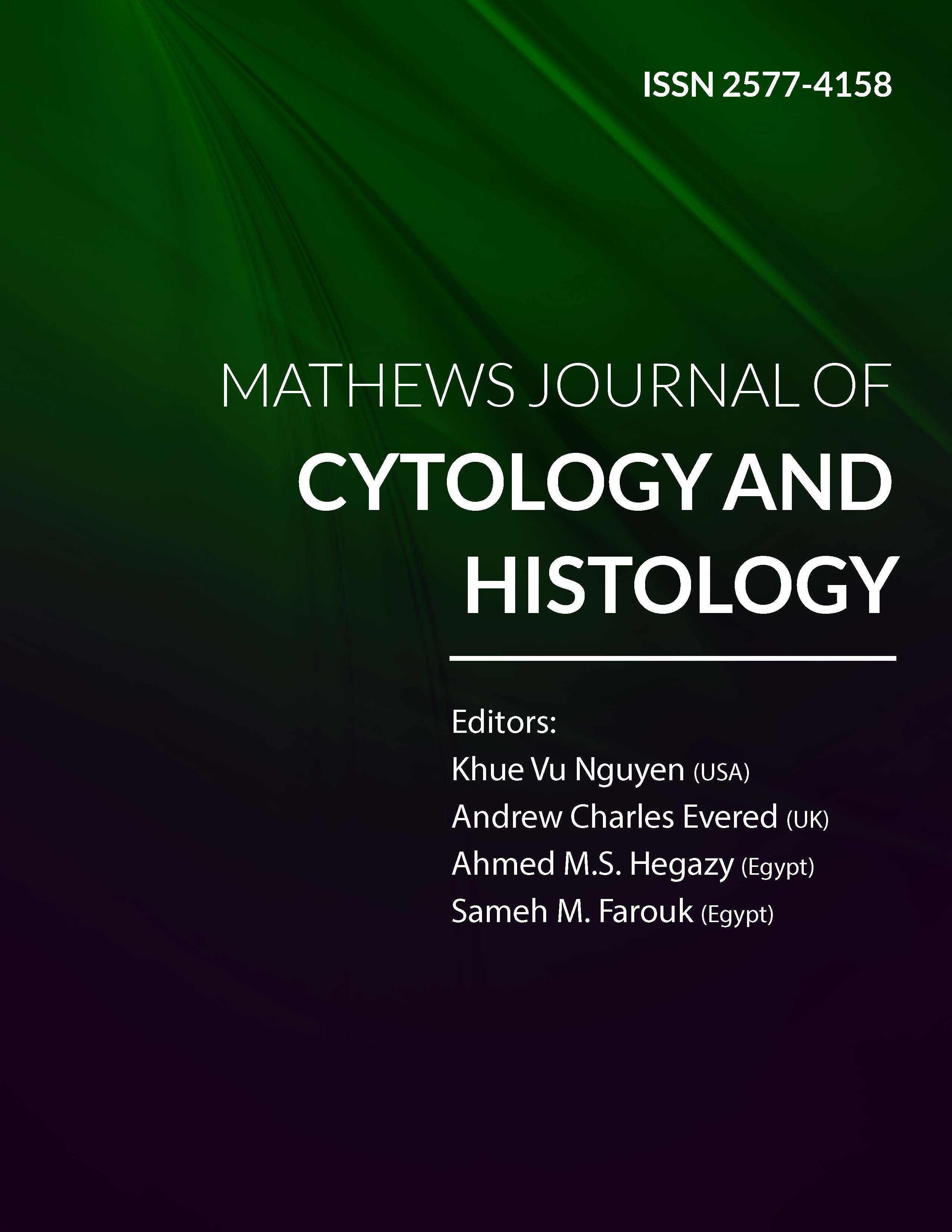
Information Links
Previous Issues Volume 7, Issue 2 - 2023
In Vivo Studies on Mortality and Histopathological Indices of Phragmenthera capitata (Mistletoes) on Clarias gariepinus Fingerglings in Aquarium
George UU1, Mbong EO2, Abiaobo NO3, Akpan II3
1Department of Fisheries and Aquaculture, Faculty of Agriculture, Akwa Ibom State University, Nigeria
2Department of Biological Sciences, Ritman University, Nigeria
3Department of Zoology, Akwa Ibom State University, Nigeria
*Corresponding author: Dr. UU George, Department of Fisheries and Aquaculture, Faculty of Agriculture, Akwa Ibom State University, P. M. B. 1167, Ikot Akpaden, ORCID ID: 0000-0003-1773-5057, Tel: +2348032625310; Email: [email protected].
Received Date: October 18, 2023
Published Date: November 22, 2023
Citation: George UU, et al. (2023). In Vivo Studies on Mortality and Histopathological Indices of Phragmenthera capitata (Mistletoes) on Clarias gariepinus Fingerglings in Aquarium. Mathews J Cytol Histol. 7(2):25.
Copyrights: George UU, et al. © (2023).
ABSTRACT
Background: The effects of ethanolic extracts of Phragmenthera capitata on the histopathology of gills of Clarias gariepinus fingerlings were investigated under laboratory conditions to understand its toxicity with a view of adopting the plant as an indigenous fish feed additive. Methods: Five concentrations ranging from 0 mg/l, 20 mg/l, 30 mg/l, 40 mg/l and 50 mg/l were prepared for mortality and histopathological examination over a 96-hours in two batches (A and B) using aquarium. The mortality of C. gariepinus in the ethanolic extract (EE) of Phragmenthera capitata was estimated in percentage. Two-way analysis of variance (ANOVA) was used to test for significant (p<0.05) difference considering the extract concentration and mortality time. Also, the LC50 was determined using Probit analysis. Results: The results revealed a concentration-dependent mortality rate. The 96 hours LC50 was 37.653 mg/l representing a log concentration of 1.576 for both batches (A and B). However, the pathological effects on gill lamellae of Clarias gariepinus fingerlings were significant (P<0.05) at 40 mg/l and 50 mg/l concentrations of the EE when compared to the control group. At 40 mg/l and 50 mg/l concentrations there were evidences of diffused epithelial degeneration of the lamella. Hence, the histological changes observed in the present study were adjudged as being concentration-dependent with severe alterations associated with the higher concentrations. Conversely, there were no pathological changes on the gills of the control group, 20 mg/l and 30 mg/l respectively in both batches. Conclusion: Based on the results obtained from the present study, further research on plant nutraceutical potentials and its suitability as an additive for fish feed formulation at different inclusion level to ascertain the concentration that may promote fish growth is recommended.
Keywords: Histopathology, Phragmenthera capitata, Mortality, Gills, Fingerlings.